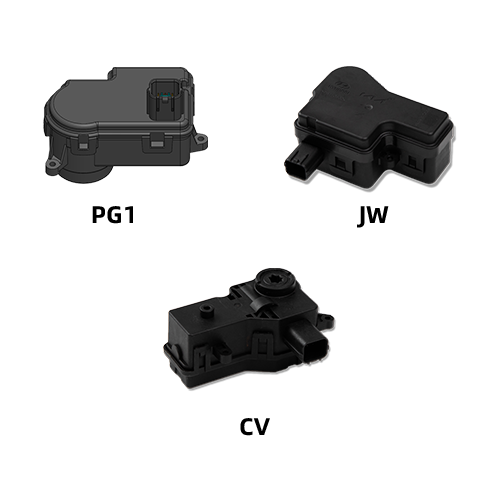New energy vehicle charging port cover actuator types
1. The charging equipment of the European standard and the national standard are completely opposite. The charging interface on the European standard car has a metal core inside, which is more like the charging pile plug that won the bid.
2. The European standard charging pile plug is more like the charging interface on the winning car, with a metal sleeve inside, and the European standard is larger.
3. At present, all newly built charging piles adopt national standards. For Tesla with European standard interface, charging has an impact, but the interface converter can solve the charging problem.
Recently, I found some charging heads. There is no USB port, only a type-c port. What kind of charger is this? How is it used?
This is a type-c charger, and the usage is the same as that of a USB charger.
TYPE-C rules the entire charging world as a data cable. It works with the USB3.1 standard and can transfer data quickly, up to 10 gigabits per second. It can provide a lot of power, which is enough to charge most laptops without the need for a high-powered power supply.
One of its greatest benefits is its form factor: Unlike previous USB designs, TYPE-C is a thin, oval-shaped connector that plugs into the pins of a device port, either face-up or upside-down. It's smaller than a USB-A plug, it's rectangular in shape, and must be inserted front-side due to the asymmetrical layout of its connector pins.
Most new Android devices use Type-C, including the upcoming Google Pixel 3, according to leaked images. Some Microsoft devices, like the Surface Go, also include connectors. Apple used it in 2018 to replace one of the traditional dedicated chargers on the ultra-thin MacBook, and later added the MacBook Pro to it.
Features of Type-C:
1. Ultra-thin
Thinner bodies require thinner ports, which is why USB-C came into being. The USB-C port is 0.83cm long and 0.26cm wide. The 1.4 cm long and 0.65 cm wide USB port looks outdated. This also means that the end of the USB-C cable will be one-third the size of a standard USB-A type cable plug.
2. No positive or negative
Like Apple's Lightning port, the front and back of the USB-C port are the same. That is to say, no matter how you plug into this port, it is correct. Users do not have to worry about the positive and negative problems brought by the traditional USB port C.
3. Fast
In theory, the maximum transfer rate of a USB-C port is per second. But Apple says the new MacBook's USB-C port has a maximum transfer rate of 5Gbps. The maximum output voltage is 20 volts, which can speed up charging. And USB-A, so far the limit transfer rate is 5Gbps, the output voltage is 5V.
4. All-rounder
The USB-C port of the new MacBook can transfer data, charge and also serve as a video output [link to an external display device. The only question is how Apple caters to users who want to do all three at the same time.

